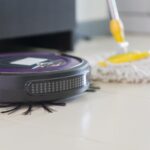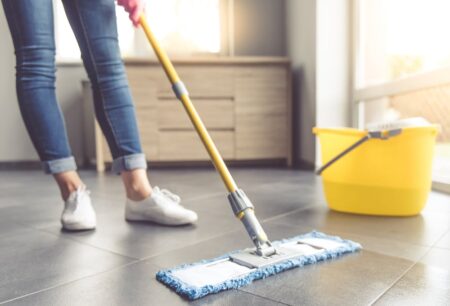It’s easy to forget that the things we use to wash also need to be maintained and preserved for peak efficiency and home safety, but that’s not the case with significant equipment like washing machines.
Keeping the washer clean means avoiding the accumulation of laundry detergent and grit that can make clothes look dirty shortly after washing and the resulting odors. We consulted experts to learn how to maintain the cleanliness of both top and front-loading washing machines.
When should you clean the washing machine?
How often you should clean your washing machine is determined by many factors, including the number of people living in your home and how often the device is put to work. Washing machines require frequent cleaning in larger families or households that launder cloth diapers, industrial work clothes, or other highly filthy textiles.
It’s time to thoroughly clean your washing machine if you detect any unpleasant scents or buildup of detergent or film.
You can use the sniff test to see if your unit needs cleaning, but it’s also a good idea to set up a regular cleaning routine. If you have a large family or your washing machine does a lot of work, you should clean it at the very least once a month. If you have a smaller family and do your laundry less frequently, you should sanitize the washer every 30 washes.
Use the washer’s extra rinse program to lengthen the time between washings if you routinely launder goods that get really dirty. The washing machine may produce scents in homes with more than typically dirty laundry. There may be a correlation between the frequency with which these odor-causing remnants build inside the washer and the number of available rinse settings on the machine.
The best way to clean a top-loading washing machine
The brand manager at Maytag detailed how to clean a top-loading washing machine. Maintaining a clean washing machine is something she stresses: It’s essential to maintain it, so residues don’t have a chance to settle in.
Affresh Washing Machine Cleaner

To begin cleaning the tub, use a washing machine cleanser, such as Affresh, or 1 quart of liquid chlorine bleach. To eliminate any remaining cleanser, run the washer’s cleaning phase, followed by the rinse and spin cycles. Wait to close the washer door until the tub is completely dry.
NOTE: Do not use ammonia or vinegar with bleach because of the potentially lethal chemical reaction that will occur.
Virgin Forest Kids Bamboo Toothbrushes
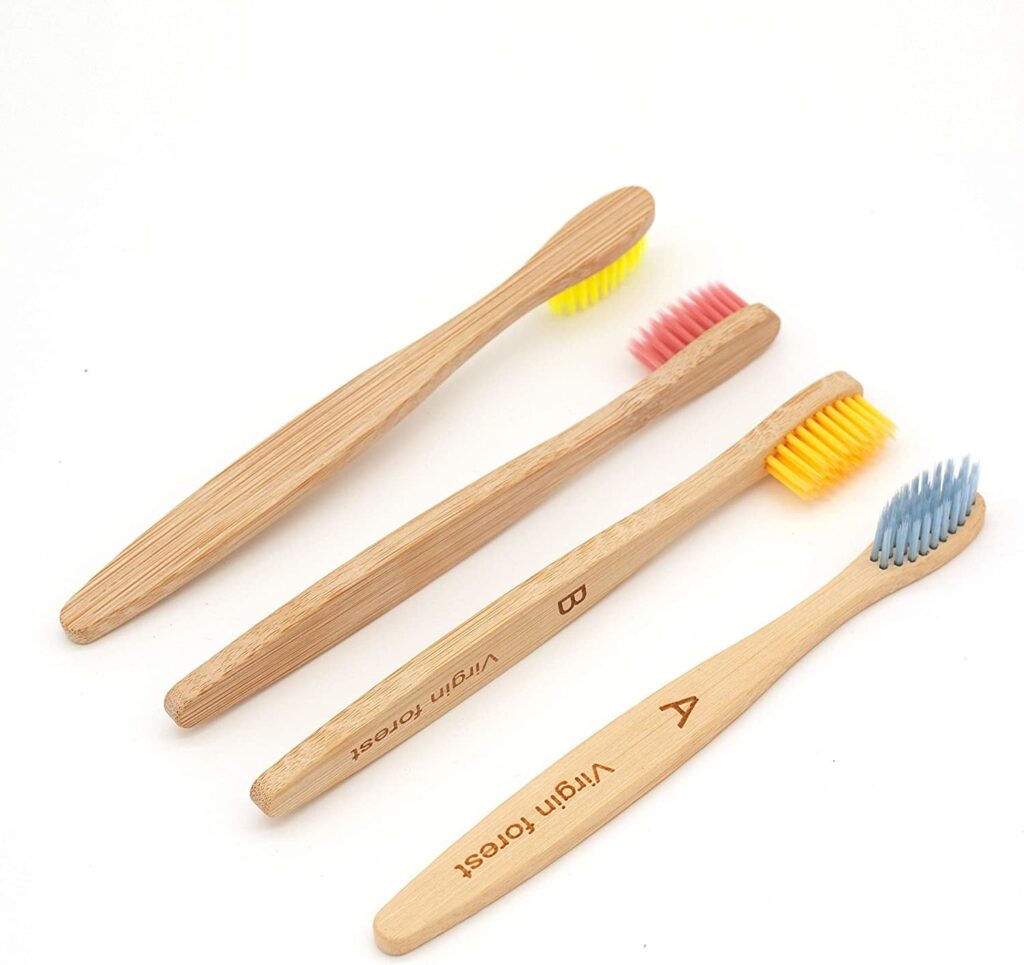
If the dispenser’s drawer(s) can be removed, do it now. If not, pull them out until you feel resistance. Use a moist cloth to wipe them off and a toothbrush to brush away any lingering grime. You can also use warm water soak to dislodge and remove debris from detachable parts; wipe thoroughly after soaking.
All-Purpose Microfiber Terry Cleaning Towels
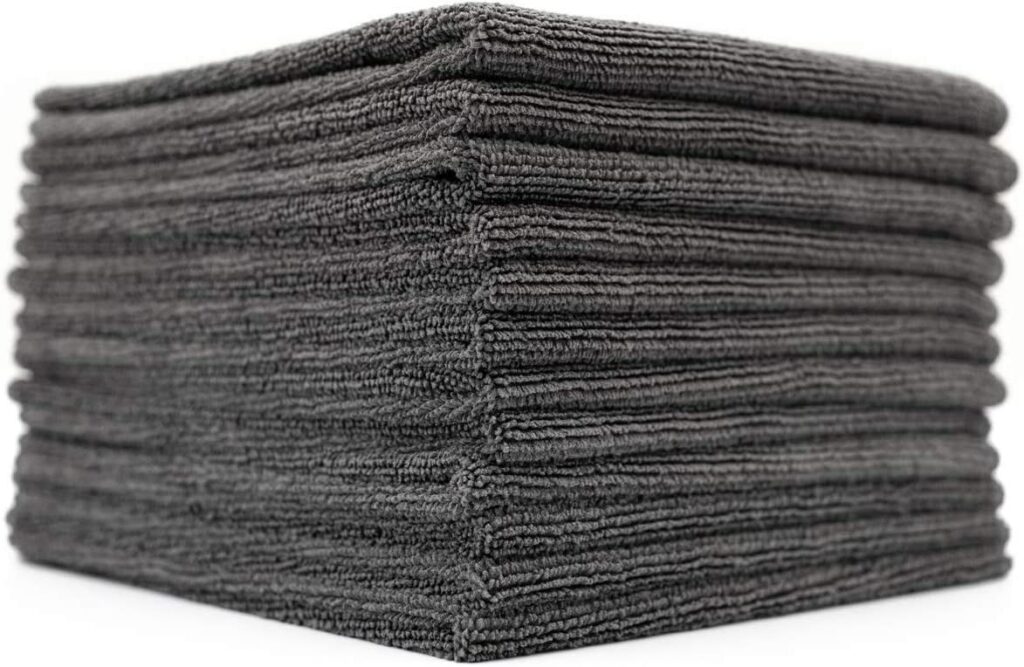
Remove the cover and wipe the inside and perimeter of the door down with a moist towel. When cleaning the machine’s exterior, use a wet cloth or sponge. Cleaning exterior surfaces with abrasive or harsh chemicals can cause scratches and other damage, so it’s best to avoid using them.
Washing machine filter cleaning instructions
Machines that use an agitator on top, like those at laundromats, will require more work. Cleaning the filters and the agitator is essential for deep cleaning a washing machine. The specific steps for doing this will differ depending on the device.
Unplug the washer before removing the agitator or filter, and follow the manual’s removal instructions. In most cases, this is how a washing machine filter is accessed and cleaned.

Remove the agitator from the machine by loosening the bolt and holding it at its base using a socket wrench.
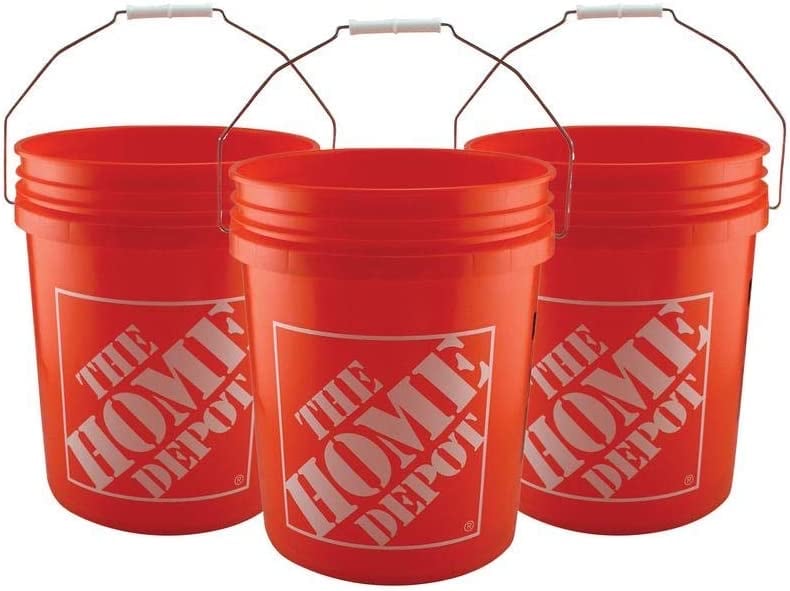
Put the agitator and the filter into a bucket, bathtub, or utility sink that has been filled with hot, soapy water, or put them into a cleaning solution that is made by combining two cups of vinegar, a quarter cup of baking soda, and a quarter cup of water.

Scrub the components with a soft bristle brush. Clean them in running water and pat them dry with a microfiber towel. Change the washing machine’s filter and agitator.
The best way to clean a front-loading washer
Because of how they’re constructed, front-loading washing machines often develop unpleasant odors more quickly than top-loading machines. Here are detailed steps for washing out mold and mildew in a front-loading machine so it can function properly again.
Washing Machine Cleaner by Tide
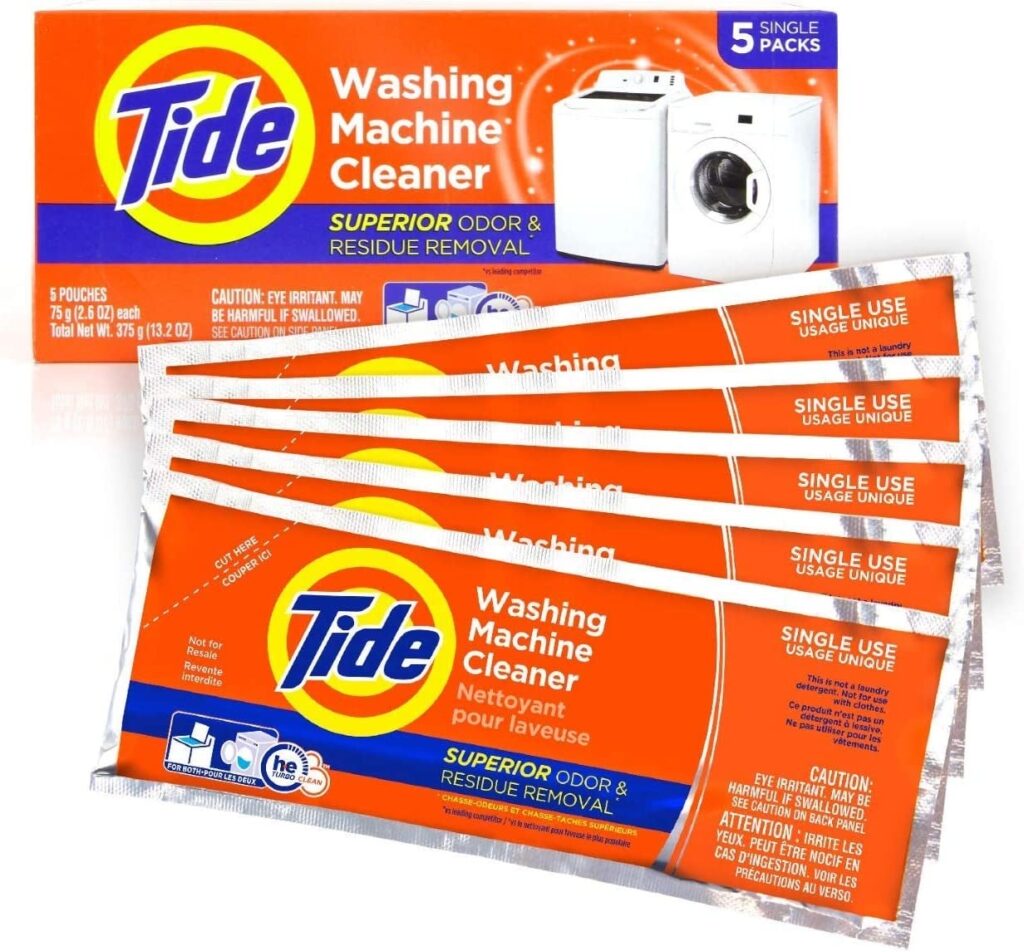
To begin, run a typical cycle of hot water through the tub while using a HE washing machine cleaning solution, such as Tide Washing Machine Cleaner.
Aunt Fannie’s Floor Cleaner Vinegar Wash
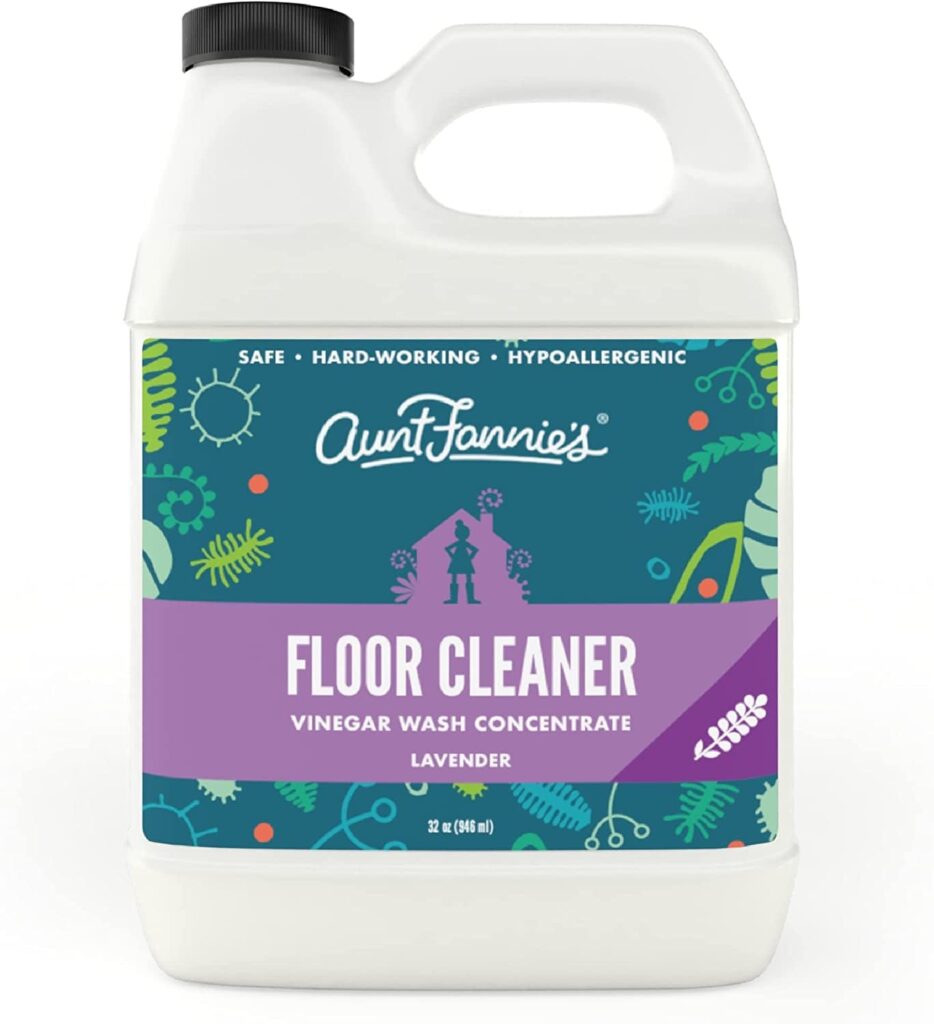
You can clean door gaskets and the rest of the washer by using an old toothbrush to scrub away grime and residue before a vinegar-soaked rag is used to wipe the area off once the cycle has finished. If the dispenser’s drawer(s) can be removed, do it now. If not, pull them out until you feel resistance. Use a moist cloth to wipe them off and a toothbrush to scrub away any lingering grime.
Quickie Microfiber Cleaning Cloth
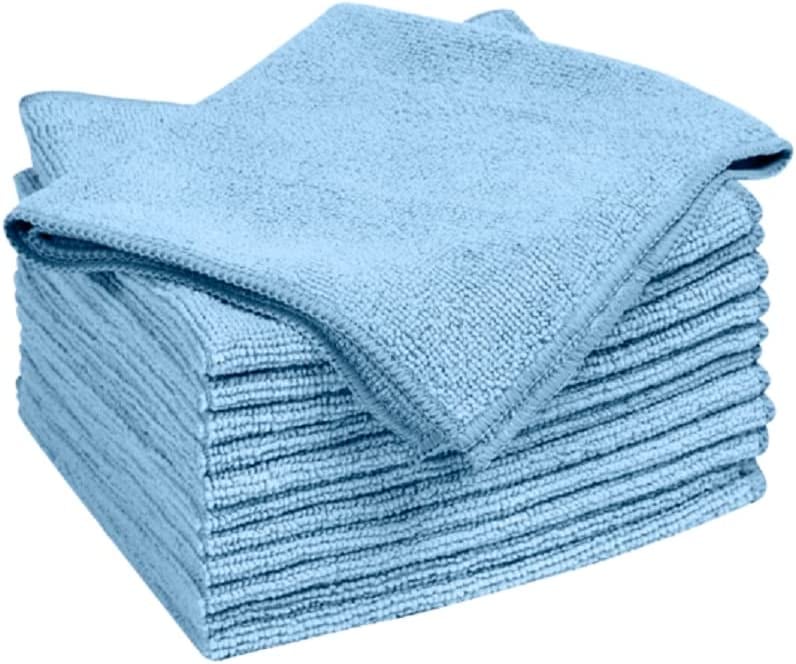
Utilizing a cloth made of microfiber, thoroughly clean the tub’s interior and the door. When cleaning the machine’s exterior, use a moist cloth or sponge. Cleaning exterior surfaces with abrasive or strong chemicals can create scratches and other damage, so it’s best to avoid using them. Put the used detergent trays and other machine components back in the washer and leave the door open to air dry.
Nexym's editorial team handpicks all of the products and services it recommends, regardless of external influences. Affiliate links appear in some of our stories. We may receive an affiliate commission if you purchase something through one of these links, which helps us stay independent and support our great team.








